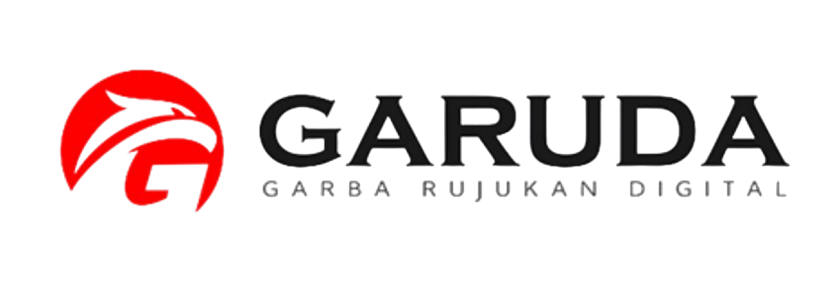THE EFFECT OF BABY MASSAGE ON IMPROVEMENT BOUNDING ATTACHMENT OF PARENTS AND BABIES
Abstract
The relationship between parents and children begins from the beginning of the womb, at the time of infancy (early postpartum period), and from the age of toddlers to even children before adulthood. The existence of good and continuous interaction between parents and babies can increase bounding attachment. This interaction can be done through massage by parents to the baby. The objection of the study was to describe the frequency distribution of attachment bounding between parents and babies before and after the massage, knowing the effect of infant massage on the bounding attachment of parents and babies. This type of research is comparative descriptive research, a time approach using a cross-sectional approach. The variables of the study were infant massage and bounding attachment between parents and babies. The study population is all infants with a general 0–6 months total of 12 infants. The data collection method was carried out through a survey using a questionnaire. Sample determination using purposive sampling. Univariate analysis uses frequency distribution and bivariate analysis uses paired T tests. The results of the study were the frequency distribution of the bounding attachment before massage. The mean value was 47, the lowest score was 45, and the highest score was 49. The frequency distribution on the bounding attachment after massage had a mean value of 49, with the lowest score of 46 and the highest score of 52. The value of the correlation coefficient (correlation) is 0.687 with a significant value of 0.028 (sig value < 0.05), so the result of the study is that there is an influence between baby massage and the increase of bounding attachment of parents and babies
References
2. Kasmara DP. Relationship Between Knowledge and Attitude of Postpartum Mothers With The Implementation of Bounding Attachment in Sipahutar Public Health Center. J Ibu dan Anak. 2019;9(2):88–97.
3. Novitasari Y. Analisis Permasalahan "Perkembangan Kognitif Anak Usia Dini”. PAUD Lect J Pendidik Anak Usia Dini. 2018;2(01):82–90.
4. Setiawati S, Yani ER, Rachmawati M. Hubungan status gizi dengan pertumbuhan dan perkembangan balita 1-3 tahun. Holistik J Kesehat. 2020;14(1):88–95.
5. kuncaraning Sari R. Profil kesehatan ibu dan anak 2022. Harahap IE, editor. Jakarta; 2022. 405 p.
6. Nikmah AN, Yanuaringsih GP. The Effect Of Mother-Baby Massage On Bounding Attachment. Vol. 16, Jurnal Kebidanan dan Keperawatan Aisyiyah. 2020. 01–06 p.
7. Ristanti AD, Masita ED. The Effect of Bounding Attachment in Maternal Postpartum Blues Madura Ethnic. Str J Ilm Kesehat. 2020;9(2):1072–7.
8. Rosli U. Pedoman pijat bayi prematur dan bayi usia 0-3 bulan. Jakarta: Niaga Swadaya; 2001. 41 p.
9. Nikmah. Keajaiban Pijat Bayi. Pertama. Penerbit NEM; 2022. 67 p.
10. Fadilah SE, Rismayanti T. Efektifitas









1.png)
